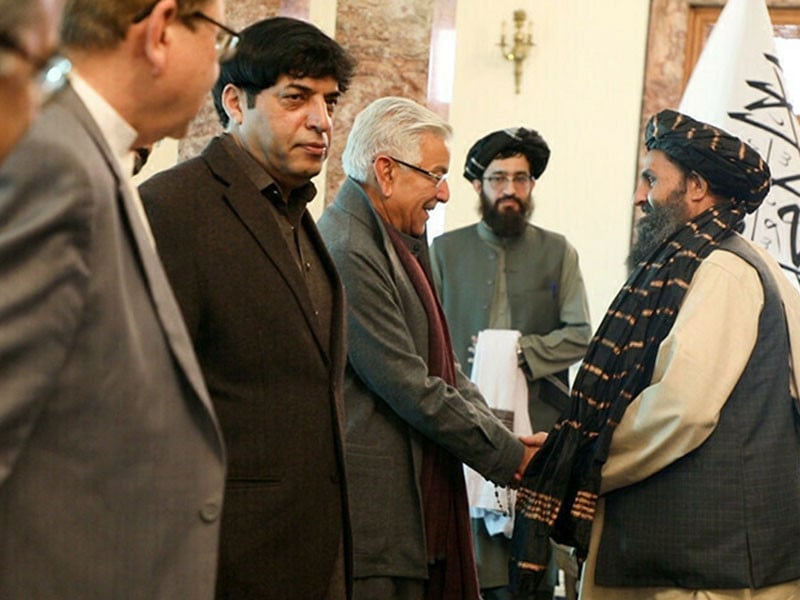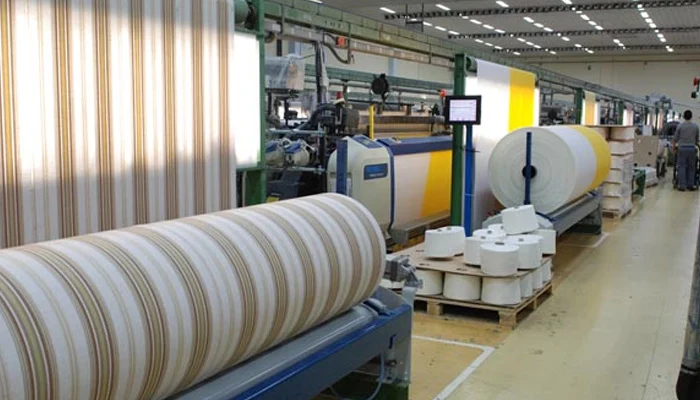EDITORIAL
In the ever-evolving landscape of Hollywood, with streaming dominating the scene and the disruptive impact of the Covid-19 pandemic, the industry is experiencing unprecedented changes. Amidst the much-debated decline of the traditional leading man, there is a silver lining emerging: a greater emphasis on storytelling that gives voice to previously marginalized groups and demographics. From the emergence of queer cinema, featuring films like A Single Man, Carol, and Call Me by Your Name, to the groundbreaking achievements of Black Panther and Moonlight, black creatives are now making their mark both behind and in front of the camera.
But now, a new shift in representation is on the horizon—a powerful cinematic depiction of deafness that breaks free from the limitations of the past. No longer confined to reductive bit-parts and comedic relief, deaf characters are taking center stage in films like Todd Haynes’ Wonderstruck (2017), John Krasinski’s A Quiet Place (2018) and its sequel, and Darius Marder’s Sound of Metal (2019). These films have elevated deaf individuals to the role of protagonists, challenging the stereotypes that have long hindered their visibility in the industry. Moreover, a new generation of deaf actors is poised to become stars, including Millicent Simmonds, known for her roles in the A Quiet Place movies, Lauren Ridloff, set to portray a lead superhero in Marvel’s Eternals, and Shoshannah Stern, the first deaf doctor in the popular medical drama Grey’s Anatomy. It appears that deaf people are finally gaining the recognition they have long been denied within the film industry.
One film hitting theaters this week that promises to push the boundaries even further is Coda, an indie coming-of-age movie that generated buzz at this year’s Sundance Film Festival and secured a global distribution deal with Apple TV+ in a groundbreaking $25 million agreement. A remake of the French film La Famille Bélier (2014), Coda follows the story of Ruby, portrayed by Emilia Jones, the only hearing member in her deaf family living on the US East coast as fishermen. Despite their modest lifestyle and meager earnings from the sea, their inability to afford a sign language interpreter and the lack of societal infrastructure catering to the deaf community forces Ruby into a pivotal role as their intermediary. The film delves into the conflict between her aspirations to break free from her small-town limitations and pursue a singing degree in Boston, and her unwavering loyalty to her family.
While Ruby may be the central protagonist, it is the ensemble casting that truly sets Coda apart. All three actors playing Ruby’s family members are deaf themselves, adding an authentic layer to the film’s narrative. Among them is Marlee Matlin, a familiar face in the industry. Thirty-five years ago, she made history by becoming the first deaf performer to win the Academy Award for Best Actress for her role in Children of a Lesser God, a film exploring the tumultuous relationship between a young deaf woman and her speech teacher. Reflecting on the progress made since then, Matlin noted in a recent Hollywood Reporter feature that Coda signifies a departure from the days when hearing actors would don the role of a deaf character as if it were a mere costume. The film’s profile and the surrounding buzz indicate that this is a significant moment for both deaf representation and casting in the film industry.
Introduction: In the not-so-distant past, deaf individuals were mere afterthoughts in the world of cinema, relegated to secondary roles and subjected to negative stereotypes. However, a seismic shift is taking place, challenging the status quo and ushering in a new era of deaf representation on the silver screen. Gone are the days of token characters and pity-inducing narratives; instead, we are witnessing a rise in powerful, complex, and authentic portrayals of deaf individuals that celebrate their unique culture and resilience.
Don’t forget to Subscribe our channel & Press Bell Icon.
Unveiling the Shackles of Stereotypes: Historically, deaf characters have been trapped within the confines of negative stereotypes, perpetuating misconceptions and overlooking the richness of deaf culture. Annie Roberts, an advocacy officer for the UK’s Royal National Institute for Deaf People (RNID), notes that many films have reduced deafness to a medical condition in need of a cure, while deaf characters have often been used as mere tokens or objects of ridicule. Such reductive characterizations fail to acknowledge the sense of community and belonging that is integral to deaf culture.
Escape from Two-Dimensional Tropes: Growing up, film critic and access consultant Charlotte Little, who was diagnosed with Usher’s Syndrome, experienced firsthand the dearth of complex and inspiring deaf characters on screen. Instead, they were reduced to pitiful figures or one-dimensional punchlines. Little laments the lack of flawed yet beautiful deaf characters and highlights the missed opportunities for authentic representation.
Representation: A Mirror and a Path to Empathy: Cinema has the power to generate empathy and foster understanding by offering glimpses into diverse experiences. Filmmaker Alejandro González Iñárritu eloquently describes cinema as a mirror reflecting our own selves. By this measure, a truly impactful film can provide self-understanding and broaden our perspectives. Little’s revelation came when she watched A Quiet Place and finally saw herself represented on screen—a profound moment that speaks to the importance of authentic representation.
A Quiet Place and the Rise of Deaf Heroes: The Quiet Place franchise stands out as a significant milestone in deaf representation, featuring a young deaf heroine named Regan, played by the deaf actress Millicent Simmonds. In this dystopian world, Regan’s deafness becomes a source of strength, empowering her to overcome adversity. By reframing deafness as an asset rather than a disability, the franchise challenges conventional norms and creates a compelling new archetype.
The Emergence of Deaf-Centric Narratives: Following the trailblazing success of A Quiet Place, a wave of deaf-centric narratives has emerged, both in film and television. Deaf U, a reality series on Netflix, focuses on the experiences of deaf and hard-of-hearing students at Gallaudet University. This Close, a comedy series on Sundance TV, offers a nuanced portrayal of young deaf adults navigating life and friendship. Sound of Metal, an Oscar-nominated film, explores a drummer’s journey into a deaf commune, showcasing a vibrant and distinct deaf culture.
Authentic Casting: A Double-Edged Sword: While progress is being made, conversations about authentic casting have surfaced alongside the newfound wave of deaf heroes on screen. Some critics argue that hearing actors playing deaf roles undermines opportunities for deaf actors. However, others, like Little, emphasize the value of casting choices based on nuanced factors beyond deafness. Riz Ahmed’s casting in Sound of Metal is defended, given his connection to the deaf community through personal experiences and involvement in deaf-related initiatives.
In conclusion, the integration of technology in education holds tremendous promise for improving learning outcomes and preparing students for the digital age. However, it requires a thoughtful and balanced approach that combines the best aspects of technology with effective teaching strategies and support systems. By doing so, we can unlock the transformative potential of technology and provide a more inclusive and engaging learning experience for all.
Subscribe our website for latest updates:
https://republicpolicy.com/shop/
Read More

















































